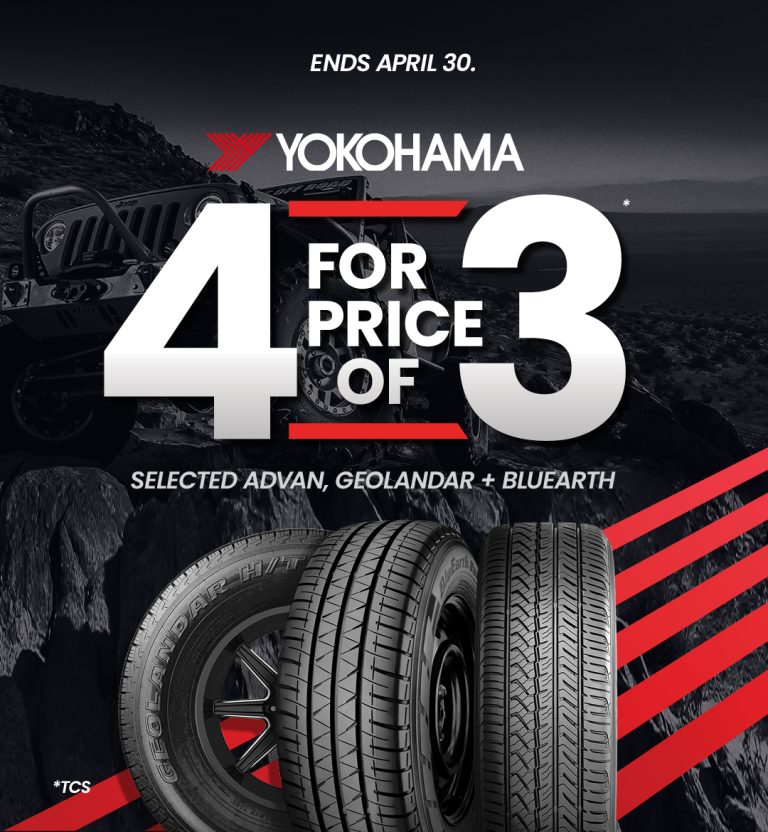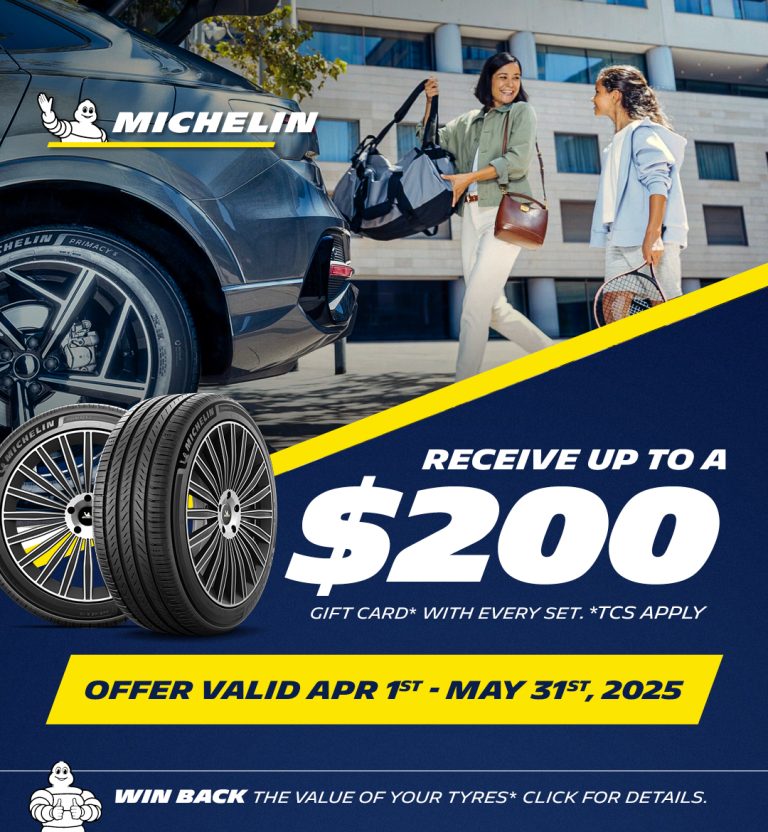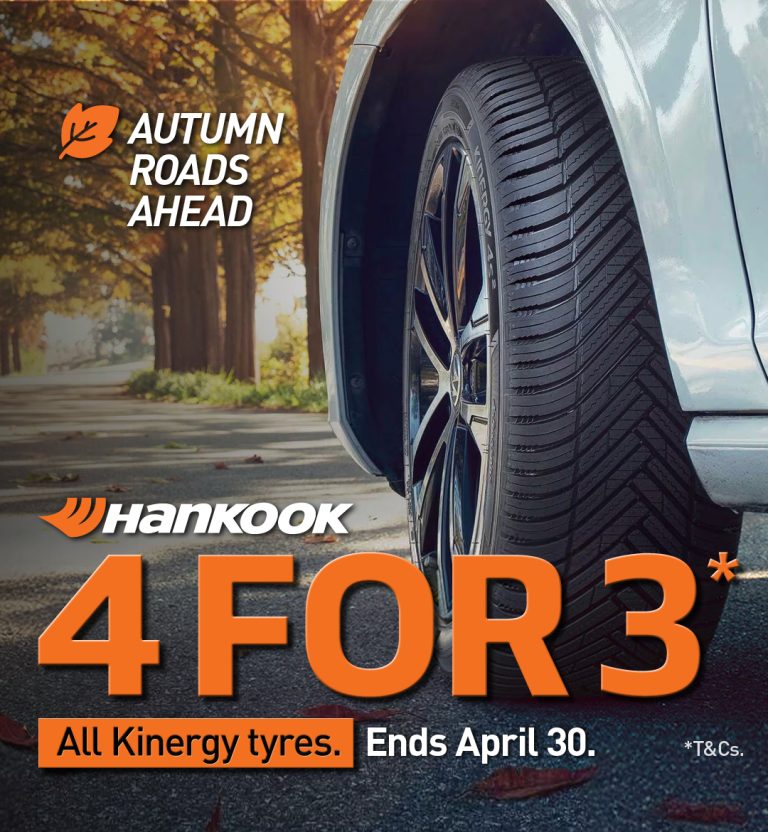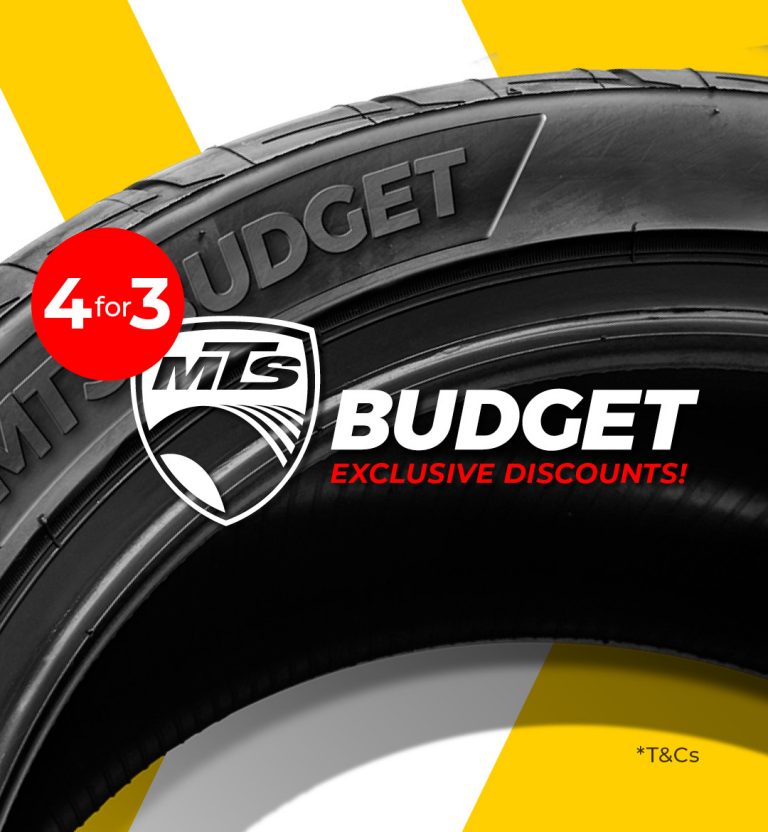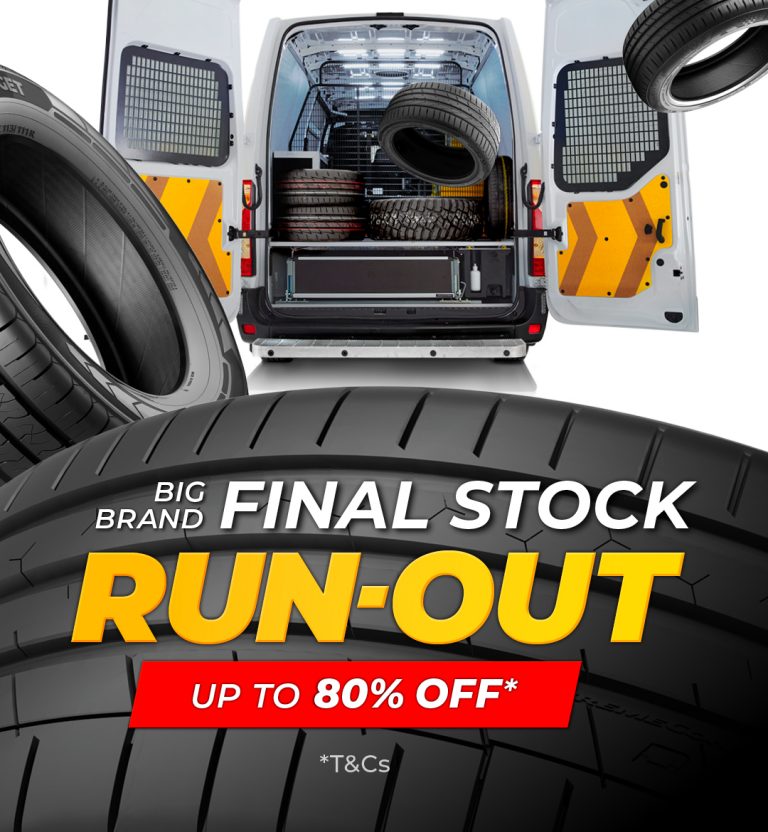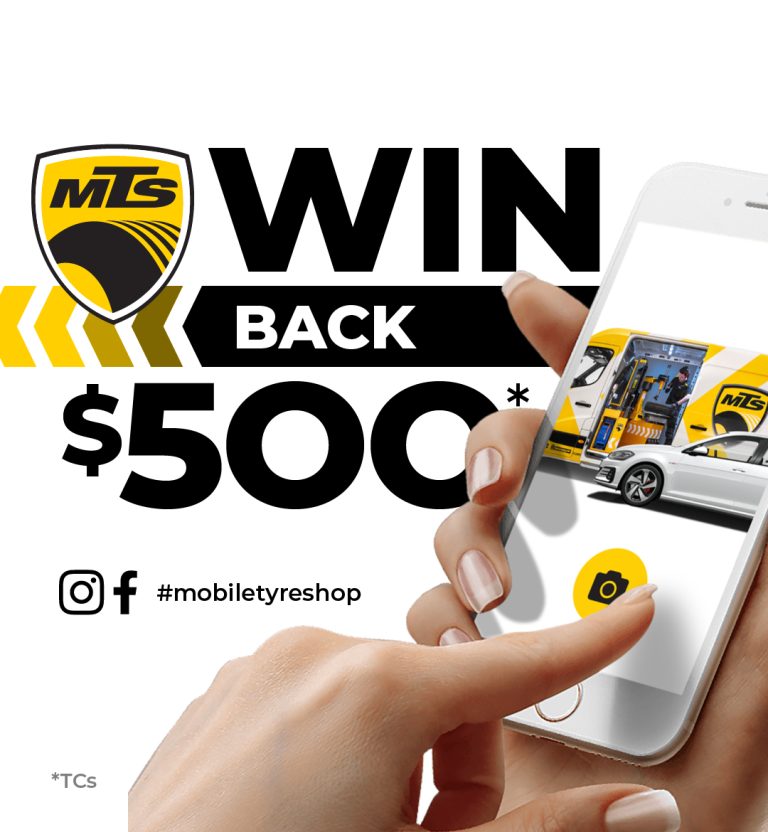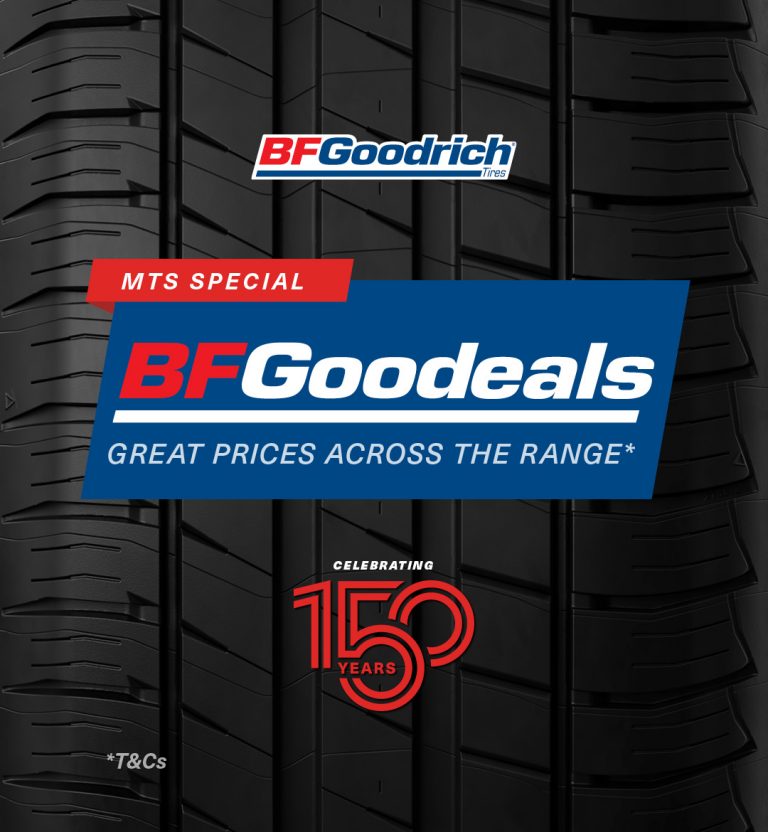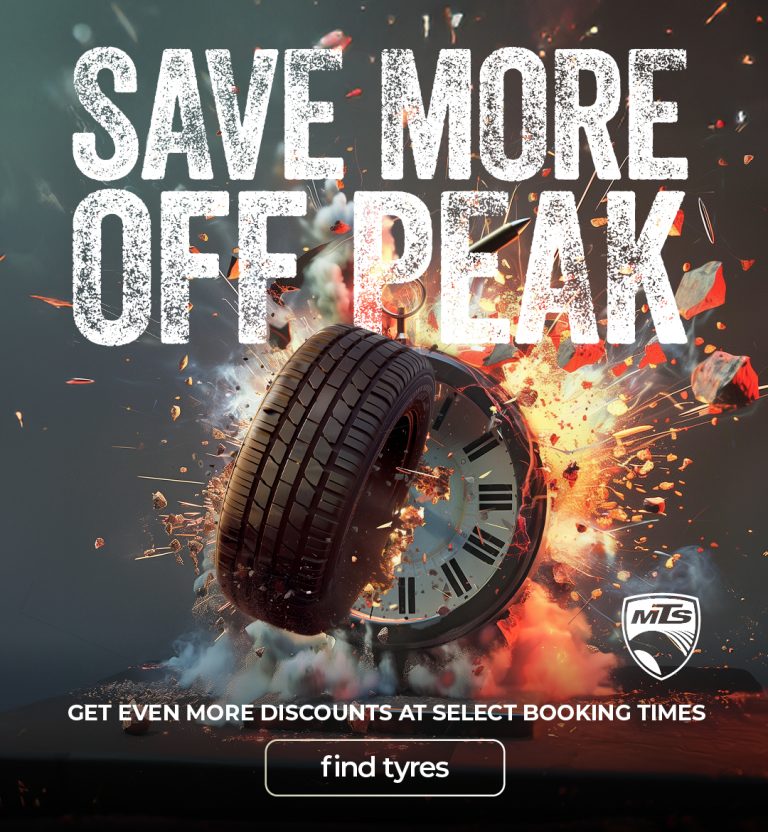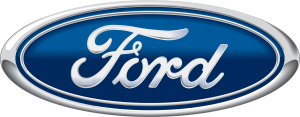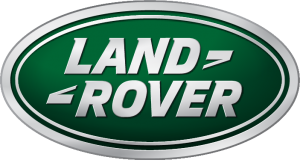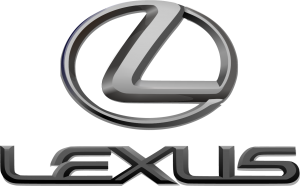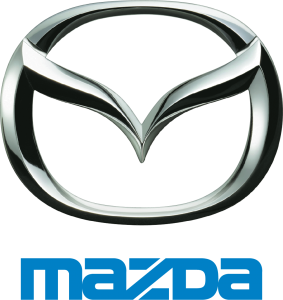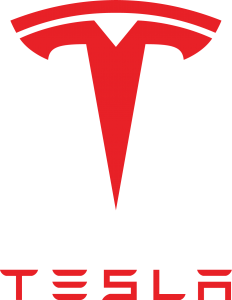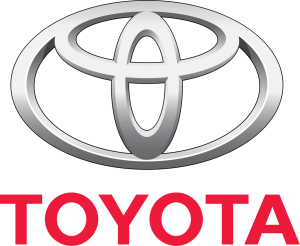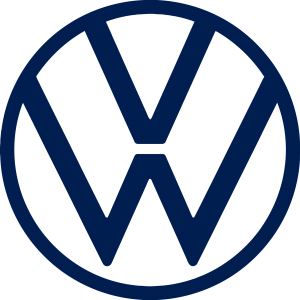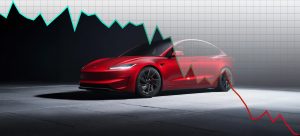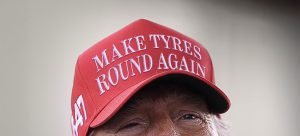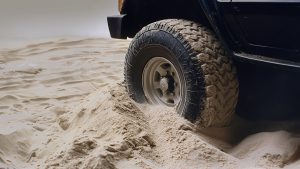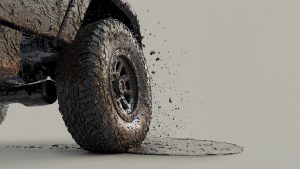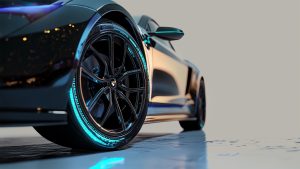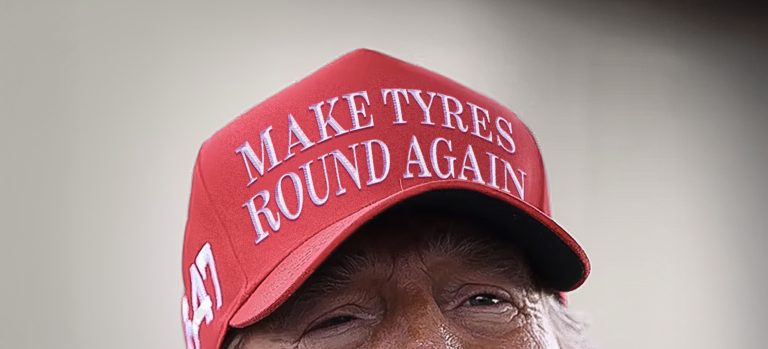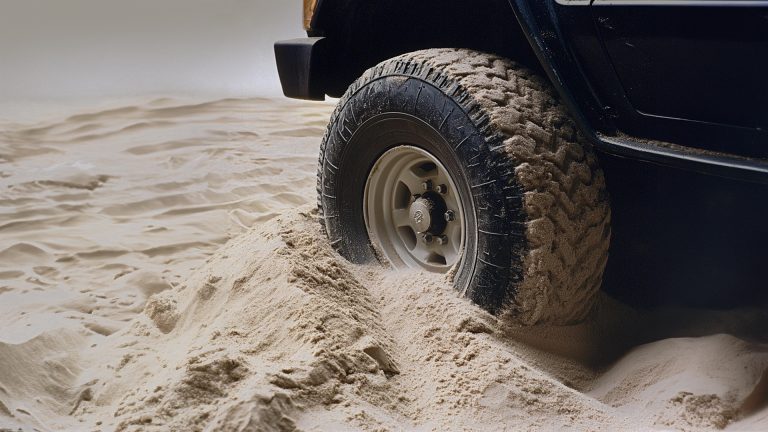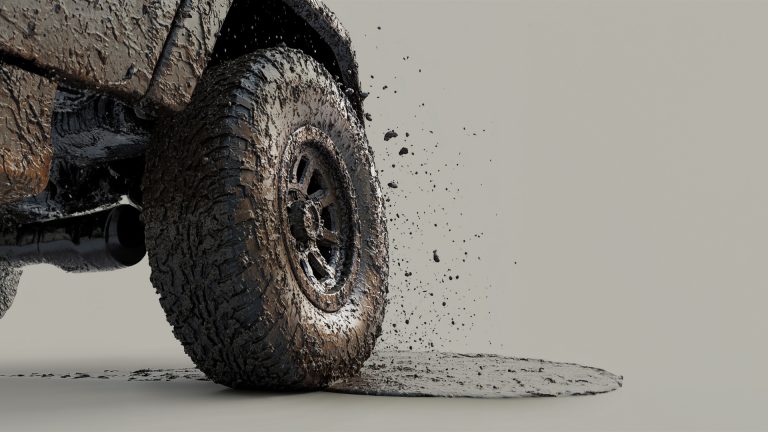15 Apr 2025
Rolling Resistance? Blame your Tesla’s wheels & tyres (not Elon Musk)
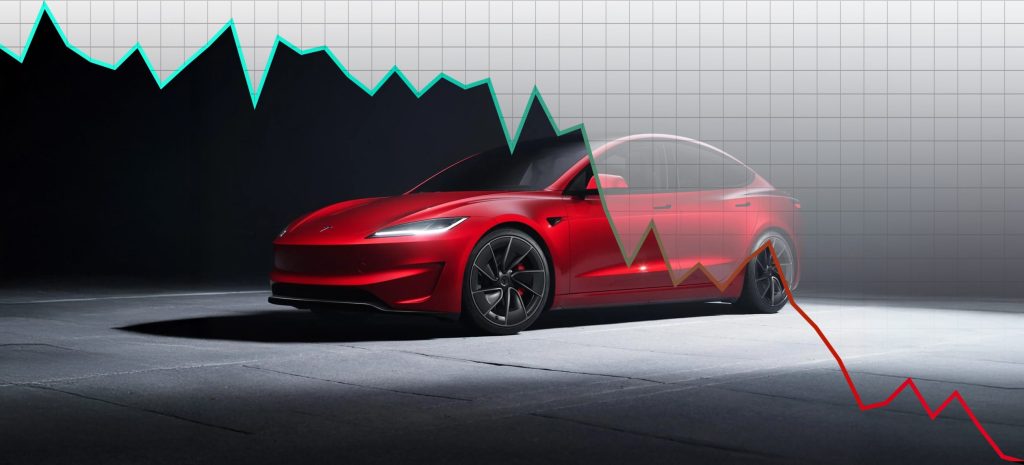
Being a Tesla owner used to come with a sort of smug sparkle—zero emissions, spaceship acceleration, and a self-congratulatory grin when you pulled up at a petrol station just to buy gum. But lately, there’s been a little dip in the Tesla aura. With Elon Musk now playing a new role in the US government (somewhere between Tony Stark and that one uncle who won’t stop live-tweeting family dinners), public opinion has… shifted.
But here’s the kicker: despite fresh resistance to Mr Musk’s new role and his questionable hand gestures, the performance of his EVs remains unaffected and gallingly impressive. Especially when it comes to range. That is, unless your tyre game is off.
Let’s dive into how wheel size and tyre pressure might be quietly siphoning precious miles from your Model 3, S, X, or Y—without you even knowing.
Size Matters: The Wheely Big Truth
If you’ve ever played around with the Tesla Design Studio you’ll know that when you selected the larger 22-inch wheels on the previous Model X, Tesla politely warned you that your range would take a hit.
But why?
It all comes down to rolling resistance—the invisible tug-of-war between your tyres and the road. As E for Electric explained in an article back in 2019, bigger wheels are heavier, which means your motor has to work harder to get them moving. That eats into your battery.
In a stop-and-go world (hello, city traffic), smaller wheels are your best friend—they require less power to get rolling. But once you’re cruising at freeway speeds, the tables turn. Larger wheels can actually be more efficient when in motion because they cover more distance per rotation. It’s all very physics-y, but the takeaway is this: wheel size affects range. How much depends on where—and how—you drive.
By the Numbers: How Much Range Are We Talking?
A 2010 Car and Driver test on an internal combustion car (a humble VW Golf) showed that switching from 15-inch wheels to 19-inch wheels caused about a 10% drop in fuel economy.
Here’s the numbers the C&D team put together:
- 19”: 11.15 L/100km
- 18”: 10.75 L/100 km
- 17”: 10.32 L/100 km
- 16”: 10.27 L/100 km
- 15”: 10.1 L/100 km
Translated into Tesla terms? Swapping from 18-inch to 22-inch wheels could mean shaving dozens of miles off your range—before you even leave your driveway.
Real-world data backs this up. Tesla data devotee, Troy, over at Teslike created a breakdown showing how bigger tyre size did indeed come at the detriment of the Model 3 range.But interestingly, his research demonstrated rolling resistance wasn’t the only factor at play. The size of your rims also affects performance (due to wind resistance). Troy argues the Tesla’s Aero covers make a hell of a difference – boosting range by about 4% to 5% – though making your tesla look like you’re driving a food processor may not be worth the saving.
Let’s face it, your rims and tyres also add curb appeal to your vehicle, so we’re not going to urge you to put crappy rims or 15-inch donuts on your Model S just to squeeze out a few extra kilometres. There’s a balance. Aesthetic counts (we’re not monsters), but understanding the trade-offs helps you choose wisely. Especially if you’re planning a road trip and range anxiety lurks around every corner.
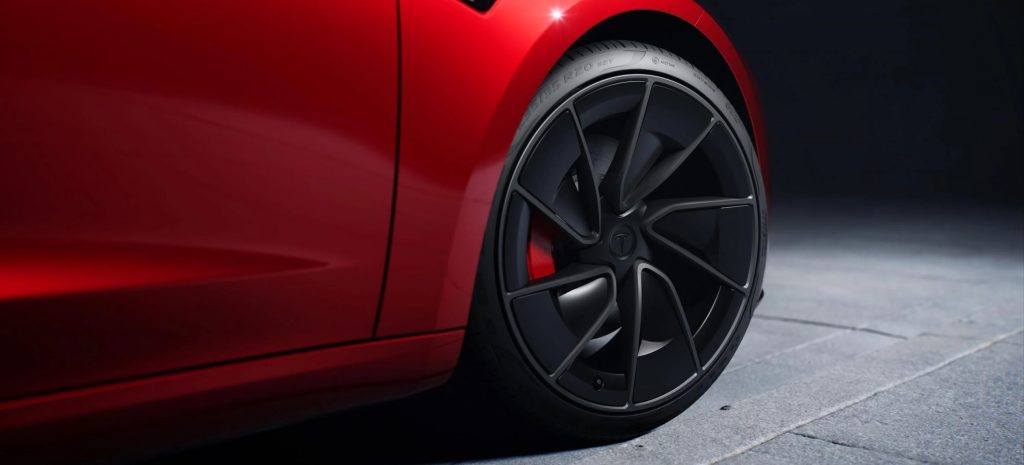
The Pressure’s On: How Tyre Inflation Messes with Your Milage
Now, let’s move from circumference to Kilopascals (Kpa). If you’re not checking your tyre pressure regularly, your Tesla may already be underperforming—and not just in range, but in handling, cornering, and braking too.
The world’s leading tyre manufacturers (including Continental, Pirelli and Michelin) will all tell you that underinflated tyres increase rolling resistance. That means your motor has to work harder, which drains your battery faster. A few KPa below the recommended level? That’s potentially several kilometres lost, every time you drive.
It’s like wearing thongs on a hike. You’ll get there eventually, but not without more effort, weird noises, and regrets.
On the flip side, overinflation isn’t a free pass either. Overinflated tyres have a smaller contact patch with the road, which reduces grip. In a Tesla—known for instant torque and sharp acceleration—this can make things feel twitchy and unstable. Also, it increases stopping distances, which is not the kind of efficiency anyone wants.
Why This Is (Even More) Important for EVs
Petrol-powered cars are heavy. EVs? Heavier still. That battery pack underneath your Tesla is a marvel of modern engineering—and it weighs more than a Thanksgiving dinner with leftovers. That added weight means tyre pressure isn’t just about efficiency; it’s about safety and control, especially in emergency braking.
Tesla’s performance is so finely tuned that even small deviations in tyre pressure can affect the “Tesla-ness” of the ride. So if you’ve been wondering why your Model Y doesn’t feel as snappy lately, it might not be Musk’s fault. It might be your tyres crying for help.
Three Tyre Tips to Keep Your Range Respectable
If you take nothing else from this very niche EV TED Talk, take this:
- Know your optimal tyre pressure – Your Tesla comes with a recommended OEM tyre pressure to maximise your EV’s range and roadholding. You’ll find yours here or on the inside panel of your passenger door.
- Get a good pressure gauge (and use it)– Yes, your Tesla has a million lights and sensors, but for a multitude of reasons, the best way to check tyre pressure remains with a decent analogue or digital pressure gauge. They are cheap, accurate, and makes you feel like a pit crew member.
- Keep an eye on your tyres – Using your tyre gauge regularly ensures you’re keeping your tyres at their optimal pressure, as well as regularly sight-checking your tread-depth and general tyre health. At the end of the day, never forget that stopping distance is just as important as range.
Our Recommendation: More Range, Less Rage
So yes, the size of your wheels and the pressure in your tyres absolutely affect your Tesla’s range. But like most things in life (and Elon’s ‘X’ messages), context is everything.
Want to cruise the coast? Larger wheels might work just fine. Stuck in downtown traffic every day? Smaller wheels could save you precious miles. And tyre pressure? Always, always stay on top of it.
Sure, Tesla’s PR might be getting some dings lately thanks to its CEO moonlighting in Washington, but let’s give credit where it’s due: the cars are still amazing. Silent, quick, borderline magical—and if you treat your tyres right, more efficient than ever.
So go ahead. Rotate those tyres, adjust that KPA, and let your Tesla do what it was born to do: quietly, efficiently, and smugly pass every gas guzzler on the road.
Want to know more about choosing the best tyre for your Tesla (or any other EV)? At Mobile Tyre Shop, we’re dedicated to helping you save money and time in every way possible. Check out these other blog posts:


